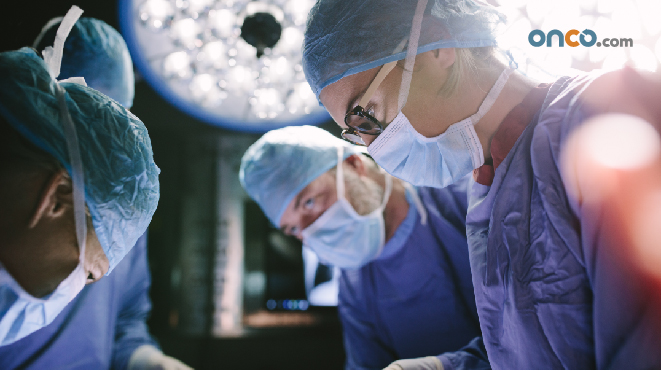Treatment of stage 2 ovarian cancer
Surgery is the primary modality for treatment of stage I ovarian cancer. Stage I ovarian cancers are usually incidentally detected. Staging laparotomy is where the surgeon removes the tumor along with the uterus, ovaries, fallopian tubes, omentum with multiple peritoneal biopsies. If there is any peritoneal fluid, oncologists recommend a cytology report on it. Moreover, treatment after surgery depends on the substrate and stage of cancer.
 Stages 1a and 1b
Stages 1a and 1b
Firstly, treatment depends on how cancer cells look under a microscope in a biopsy.
Grade 1 (low-grade tumors/ borderline)
If the diagnosis was of stage 1a ovarian cancer, and the patient has not yet had children, fertility-preserving hysterectomy is the option. The surgery removes one ovary and the fallopian tubes, and preserves the healthy ovary. Most patients, after the initial surgery at this stage, don’t need any treatment.
Grade 2 (high-grade tumors )
At this stage, doctors monitor patients closely by CA 125 after the surgery. 3 to 6 cycles of chemotherapy come after this.
Grade 3 (high-grade tumors )
At this grade, the treatment usually given is chemotherapy. Then again, the dosage of chemo is the same as for grade 2.
Stage 1c
The first treatment given is the standard surgery for the removal of cancer. Equally important, doctors recommend 3 to 6 cycles of chemotherapy after this.
However, before chemotherapy starts, the patient is first allowed time to heal from the surgery, and the chemotherapy cycle starts.
See more on treatment for ovarian cancer here.



